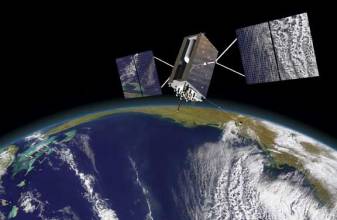Two New Galileo Satellites Enter Service
Another pair of Galileo satellites is now fully operational, broadcasting navigation signals and, since Tuesday (December 1, 2015), transmitting search and rescue messages worldwide.
Galileos 7 and 8 were launched from Europe’s Spaceport in French Guiana on March 27. Their navigation payloads underwent a lengthy test campaign confirming their performance and integration into the worldwide Galileo ground network.
By Inside GNSS














